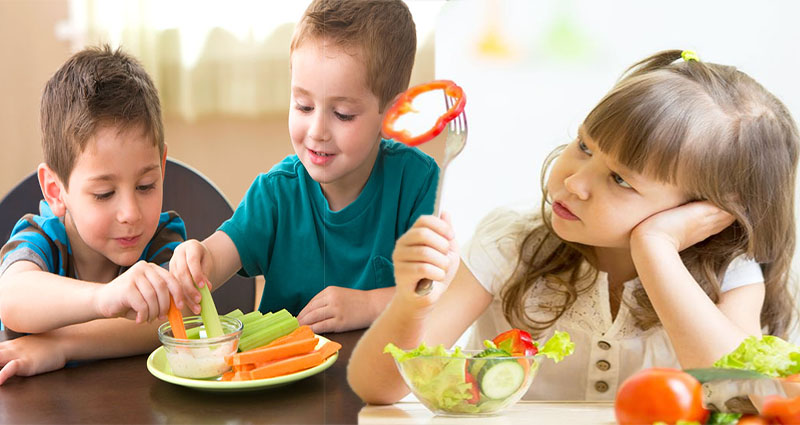Almost all fruit and vegetables are great for adding nutrients to your child’s diet. When buying fruit and vegetables, focus on those without added sugars. Fruit juices and canned versions often contain added sugar. Always read nutrition labels when you go grocery shopping.
Vegetables are harder to get your child to eat, and many canned and frozen varieties have high sodium levels. Try to choose different colors of vegetables to represent different nutrients.
Avoiding trans and saturated fats
Aim to limit your child’s total intake of fats and oils. This includes mayonnaise, salad dressings, sauces, and homemade low-fat products. Choose products that are low in sodium, such as nonhydrogenated peanut butter. When choosing breads, pastas, and other grains, choose whole grains, as they tend to have less sodium. Also, limit your child’s intake of high-fat dairy products, which may include nitrates.
Plant oils are another source of fat in a child’s diet, but these fats should be kept to a minimum. Choose high-quality oils for baking or stir-frying, such as extra virgin olive oil. For dipping bread or using as a finishing oil, extra virgin olive oil is ideal. Avoid hydrogenated fats, such as palm oil, as they can harm your child’s health.
Limiting sugary drinks
In Maryland, the legislature passed a bill limiting sugary drinks served with kid’s meals. The bill passed the Senate with bipartisan support and is now moving to the Assembly. But how can we get more Californians to limit sugary drinks in their kids’ diets? The state’s media studies group put together a brief, and AAP and AHA endorsed the bill. But why is this legislation necessary?
Adding a tax to sugary beverages is an effective way to curb the amount of sodas and other beverages consumed by children and teenagers. It has been shown to reduce consumption of these beverages by about half in low-income neighborhoods. Another city, Berkeley, has passed a sugary drink tax and found that overall beverage sales increased. Philadelphia is currently examining a tax on sodas and juices. The revenue from the tax will help fund a grocery voucher program and improve health outcomes.
Teaching children healthy eating habits
To teach children healthy eating habits, parents should provide a variety of whole foods and encourage them to experiment with new foods. Foods that are high in salt and sugar are bad for children’s health, so parents should point out healthier options. Parents should avoid making children feel guilty or embarrassed about the foods they choose. Instead, praise their choice if they choose foods that are lower in sugar or salt. The best way to encourage healthy eating habits is by setting a good example. Parents can involve their children in the preparation of their meals by including them in cooking lessons and offering suggestions for healthy foods.
Moreover, parents should encourage physical activity, since exercise improves a child’s health and reduces the feeling of hunger. Parents should also try to model healthy eating habits for
their children, by limiting the intake of foods rich in fat, sugar, and dairy. Parents can also limit the intake of non-water beverages and sugary drinks. But remember that the change may take some time. Be patient and keep trying. Healthy habits can be cultivated and reinforced over time.
Making healthy food at home
Trying to make your children eat more vegetables? Try creating new recipes. This way, you can provide them with the nutrition that they need while still enjoying all the taste and convenience of a traditional meal. You can make these recipes as fun as possible by involving the whole family in the preparation. For instance, you can make pizzas with healthy ingredients like low-fat cheese and vegetables as the base. Your children will love them!
To introduce healthier meals and snacks to your children, you can start by shopping for nutritious ingredients. Fresh fruit can be juiced for snacking, as can vegetables and whole-grain breads and cereals. You can also make healthy treats from fruits and nuts or crackers and yogurt.
Providing nutritious snacks is a great way to keep your kids from splurging on junk food. If you’re worried about your child eating too much, you can try to make a larger batch to feed the entire family.












